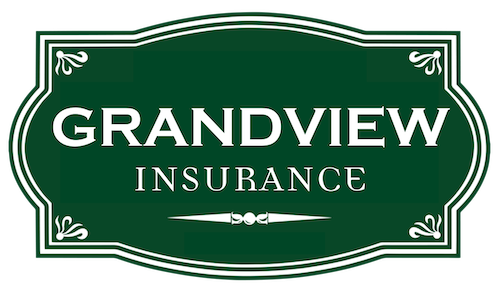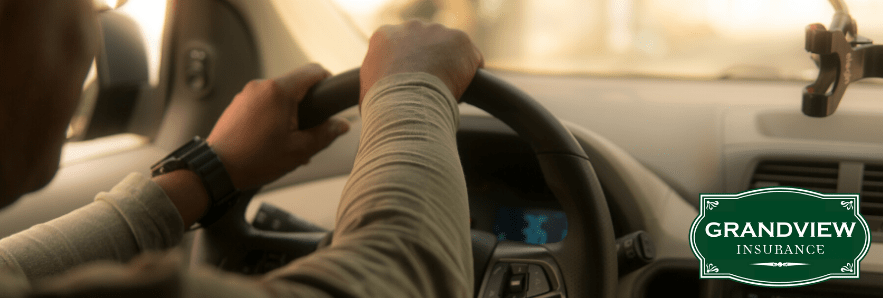Accidents happen, and when they do, insurance is what keeps our finances safe and sound. Whether an auto collision is your fault or somebody else’s, your auto insurance coverage should help you. How much it helps, however, is up to you, and this is determined by the combination of options that comprise your insurance policy.
If you’d like to skip this guide and just get a quick quote, fill out this form:
Buying Auto Insurance
Buying auto insurance can feel overwhelming, whether you’re doing it for the first time or the tenth time. If you’re not sure where to start, here are the steps to buying and choosing auto insurance coverage:
- 1. Decide how you want to buy auto insurance
- 2. Determine how much auto insurance coverage you need
- 3. Fill out an application for auto insurance quotes
- 4. Get your quotes
- 5. Compare your auto insurance quotes
- 6. Pick an auto insurance company and get insured
- 7. Cancel your old auto insurance policy
Don’t worry, that may seem like a lot of steps, but buying auto insurance is actually a pretty straightforward process, and you can probably complete the whole process in an afternoon. Let’s break down what’s involved in all of the steps to getting coverage.
Personal Injury and Personal Liability
Always put your and your family’s safety before anything else. Personal injury or personal liability coverage should be given great importance when putting together an insurance package. During accident situations, health insurance is the first thing requested by any medical facility treating you. If you don’t have health insurance, load up this option with hefty coverage that will pay for any medical expenses incurred in a major accident.
Uninsured Drivers
According to an Insurance Research Council (IRC) study, there are some states with up to 26% of uninsured drivers on the road.
In another study by the Insurance Research Council, they found that 1 in 8 drivers in the US are uninsured.
What does this mean? If you get in an accident, and it’s the other person’s fault, there is about a 1 in 8 chance that your vehicle will not be covered because they do not have insurance.
Don’t risk it, get their auto and your auto fully insured.
Major Accidents
Accidents happen, even to careful drivers. After a car accident, you might be stunned with shock, dizzy with adrenaline or enraged at the guy who ran a red light.
The first thing to do after you’ve been in a car accident? Stay calm. The post-accident process is fairly straightforward, but it’s not always easy. Keeping a cool head will help you document the wreck more thoroughly and accurately.
Here’s exactly what to do:
- Check For Injuries
- Move To A Safer Area
- Exchange Information & Document The Crash
- Determine What Insurance Coverage Should Apply
- Determine Whether Or Not To File A Claim
- Shop Around For Lower Auto Insurance Rates Post Accident – They Will Go Up Significantly
Deductible vs. premium
The insurance deductible is inversely proportional to the premium amount. If the deductible goes up, the premium goes down and vice versa. This relationship reflects whether you prefer to pay more or less from your own pocket before stretching out your hand to the insurer. Whichever option you choose, make sure you can afford it. Some people are better off paying a higher monthly premium in exchange for a lower deductible to avoid any large payments after an accident.
Amount of Driving Experience
“The younger the driver the higher the rates” could be the motto of auto insurance. Young, novice drivers have statistically shown to be immature behind the wheel, easily distracted and to crash – a lot – so they are the riskiest category of drivers to insure. Rates decrease at different times with different insurers, but generally your rates can drop as much as 20 percent when you turn 25.
The Insurance Institute for Highway Safety (IIHS) found that drivers ages 30 to 69 are much less likely to crash. If you keep a clean record, auto insurance rates typically stay fairly flat for drivers until they become a senior driver.
Here are the states that don’t allow insurers to rate on age:
- California (but can rate on years of driving experience, so those with less experience may pay more)
- Hawaii
- Massachusetts
Passenger vehicle drivers in fatal crashes by age and crash type, 2016
| Age | Single vehicle | Multiple vehicle | All crashes | |||
| Number | % | Number | % | Number | % | |
| 16-19 | 1,383 | 46 | 1,625 | 54 | 3,008 | 100 |
| 20-24 | 2,464 | 44 | 3,114 | 56 | 5,578 | 100 |
| 25-29 | 1,988 | 41 | 2,903 | 59 | 4,891 | 100 |
| 30-59 | 6,890 | 37 | 11,661 | 63 | 18,551 | 100 |
| 60-69 | 1,487 | 35 | 2,812 | 65 | 4,299 | 100 |
| 70+ | 1,254 | 29 | 2,998 | 71 | 4,252 | 100 |
Source: IIHS
Choosing Your Auto Insurer
Here are our top ten tips for picking the right auto insurance, and of course, we hope you end up with us!
- Do An Annual Rate Check
- Pick A Top-Rated Insurer (We Can Help With That)
- Maintain Good Credit
- Set The Right Deductable
- Review Your Coverage
- Report Reduced Mileage
- Watch Crash Repairs
- Choose The Right Car
- Beware Of Scams
- Take Advantage Of Discounts
Conclusion
It can seem like a long process to find the perfect auto insurance for you, but this is why local businesses like Grandview Insurance exist – to take the pressure off you and to save you money. Give us a try by filling out the form below for a quick quote:


Comments are closed